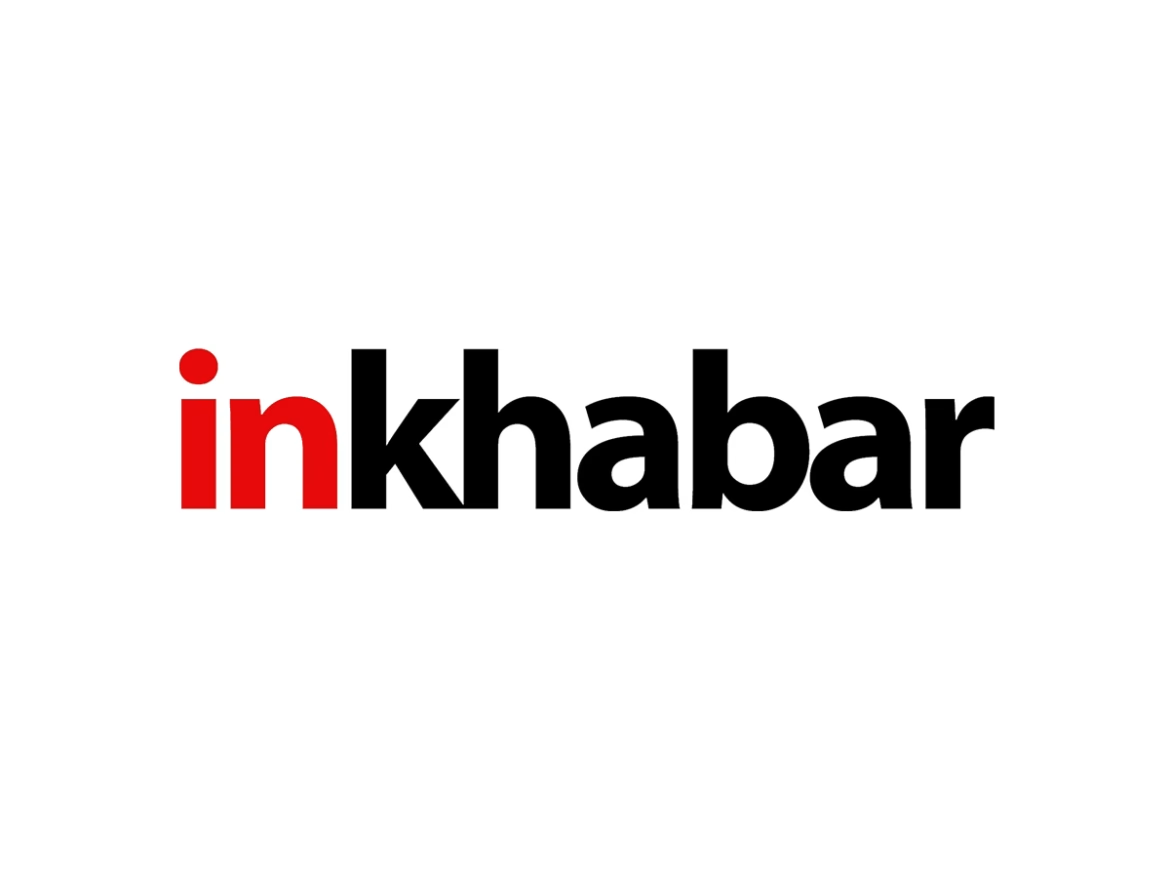By Anmol Choubey (Reuters) -Gold prices held above $4,000 an ounce on Thursday as investors assessed the Israel-Hamas ceasefire deal, while broader geopolitical and economic uncertainty alongside expectations for U.S. rate cuts sustained bullish sentiment towards the metal. Silver hit the $50 psychological level for the first time, bolstered by gold's record-breaking rally, growing investor demand and a supply deficit. Spot gold was steady at $4,038.59 per ounce at 1226 GMT. U.S. gold futures for December delivery fell 0.3% to $4,057.70. Gold prices rose above $4,000 per ounce for the first time on Wednesday, hitting a record high of $4,059.05. Silver was up 2.2% at $50.01 per ounce. The metal has gained more than 73% this year, benefiting from the same factors as those driving gold's rally as well as tightness in the spot market. "The interesting aspect about the silver market is that the net long positions are only modestly higher so this is not a rally based upon speculative interest. It's got some pretty solid fundamentals attached to this move in the silver price," said independent analyst Ross Norman. U.S. President Donald Trump announced that a ceasefire and hostage deal had been reached between Israel and Hamas under the first phase of his plan to end the war in Gaza. "Gold's rally is facing resistance as the Gaza diplomatic breakthrough reduces risk-off flows, while the ongoing U.S. dollar recovery undermines bullion's strength, leaving it vulnerable to pullbacks," said Nikos Tzabouras, Senior Market Analyst at Tradu. "However, the bullish bias remains intact, and the path to new all-time highs is still wide open." The U.S. dollar index hovered near a two-month high, making dollar-priced bullion more expensive for overseas buyers. [USD/] Geopolitical risks, including the Middle East crisis and the war in Ukraine, alongside strong central bank gold buying, ETF inflows, U.S. rate cut expectations, and economic uncertainties stemming from tariffs, have all contributed to gold's rally. The metal has gained more than 53% year-to-date and is on track to record the largest annual gain since the 1979 oil crisis. Federal Reserve officials agreed that risks to the U.S. job market were high enough to warrant a rate cut, but remained wary amid stubborn inflation, according to minutes of the September 16–17 meeting released on Wednesday. Markets are currently pricing in a 25 basis-point cut in both October and December. [FEDWATCH] "The ongoing U.S. government shutdown has injected momentum into (gold's) trade, alongside mounting fiscal concerns in Japan and France amid recent political leadership changes," UBS said in a note. Non-yielding gold thrives in a low interest-rate environment and during times of economic and geopolitical uncertainty. "If risk sentiment continues to improve, this may drag gold prices lower in the near term as investors rush back toward riskier assets," said Lukman Otunuga, senior research analyst at FXTM. Platinum edged 0.1% higher at $1,664.30. Palladium gained 1.9% to $1,476.35, hitting a more than two-year high. (Reporting by Anmol Choubey in Bengaluru; Editing by Mrigank Dhaniwala, Kirsten Donovan and Ed Osmond)
(The article has been published through a syndicated feed. Except for the headline, the content has been published verbatim. Liability lies with original publisher.)





